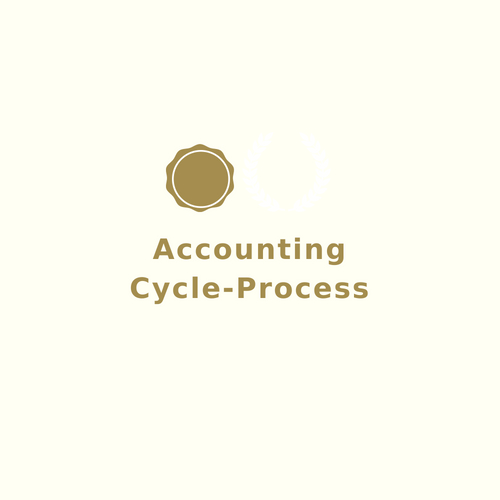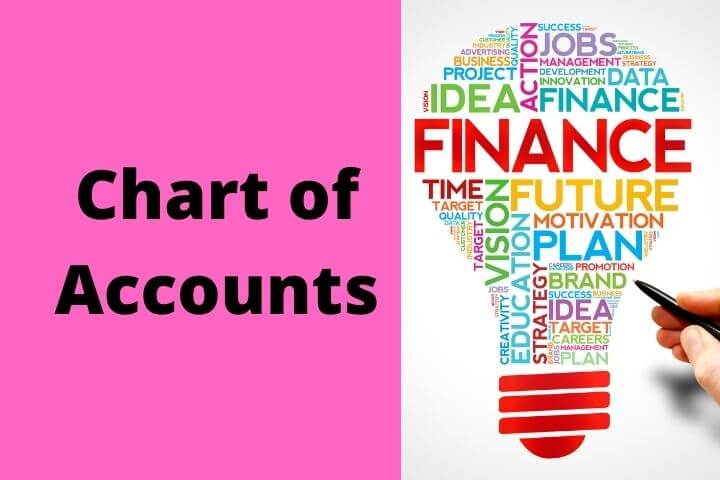10 Steps of Accounting Cycle and Process with Order Example
Accounting Cycle or process can be defined with its accounting Definition. Accounting is the art of Recording, Classification, summarizing and reporting of business entity transactions. The process of accounting starts when a transaction occurred and ends with reporting at the end of the Fiscal year.
Steps of the Accounting Cycle process.
All single transaction has an effect on the end-user reports. Every single entry has its own value for the management, owner and third party. How and where they are recorded, it will be described with the sequence as mention below.
Recording phase of Accounting Cycle or Process
- Fiscal year: What is the company financial year, July to June or Jan to Dec. Every bookkeeper should have knowledge about it for updating transaction into the relevant year.
- Transaction Recording: First that should be clear that the transaction is pure of concern business activity, it should not be personal of the owner or any other entity.
- Classification: Accountant should have a clear understanding about what are debit and credit and golden rules of accounting. He also knows about the chart of accounts, how many and their nature. For example, when an organization paid cash of a sundry Expense, an accountant must know about the nature of the transaction. What is debited and what is credited with what chart of accounts.
- Journal: Journal is the daybook, where every transaction is entered. It is a double-entry bookkeeping system. Accountant updates the Journal with date, an equal amount of debit and credit with voucher and invoice reference.
- Ledger: It contains the daily data of each chart of account in the concerned ledger. The accountant must also know about what is General Ledger. Here books are updated on daily basis.
Reporting phase of Accounting Cycle and process
- Trial Balance: All closing balances are then put into Trail balance. Trail balance is prepared before making financial statements. This is for checking and auditing of day book and General ledger posting. There are two types of Trail balances, adjusted and UN-adjusted. First closing entries are put into the trail balance it is called UN-adjusted. After making it when there is a difference in the total of Debit and Credit then after inspection adjusting entries are posted for the concept of the accounting equation. After posting Entries it is called adjusted Trail Balance.
- Income statement: After preparing the Trail balance all closing balances are transferred to the financial statements. Revenue nature items are converted into Income statement for getting the profit of the year.
- The balance sheet is prepared after making the income statement. Summary of Assets, liabilities, capital and income statement net balance Profit or loss are showing in the balance sheet.
- Cash flow statement report is prepared to show the flow of cash in a standard format. One of the important steps of the accounting cycle, it helps the management and investor for knowing the cash investing areas. Where the cash is involved.
- Statement of retained earnings. That report is prepared at the end showing how much the company have retained earning the year start, how much profit is earned in the current year, less paid dividend to the shareholders and now how much company retained the profit.
This the accounting cycle, start from a transaction and end up to the reports.





